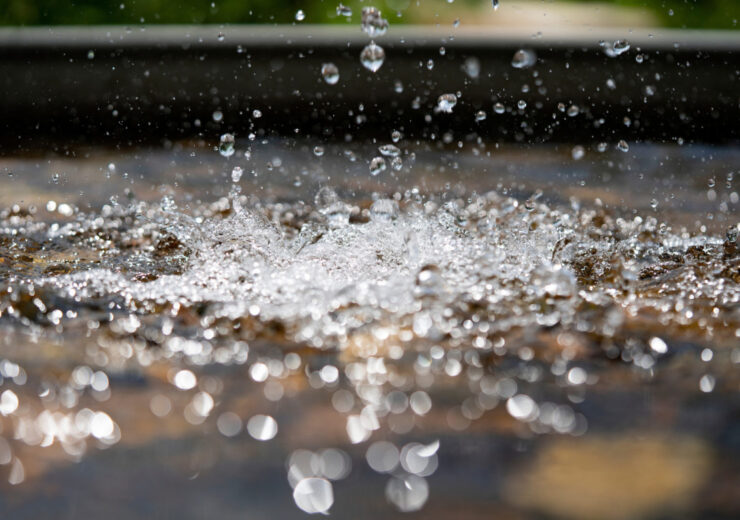The new bioremediation technology is a sustainable and less expensive method which has the potential for commercial applications also

Researcher develops a new material to remove PFAS. (Credit: Laura McKenzie/Texas A&M AgriLife Communications)
A team of researchers from Texas A&M AgriLife has developed a new bioremediation technology for cleaning up per- and polyfluoroalkyl substances, or PFAS.
According to the research and technology development agency, chemical pollutants threaten human health and ecosystem sustainability.
The material has the potential to be used commercially to dispose of PFAS, sometimes referred to as forever chemicals.
The research, published on July 28 in Nature Communications, was a collaboration between Susie Dai, an associate professor in the Texas A&M Department of Plant Pathology and Microbiology, and Joshua Yuan, chair and professor at Washington University.
The project was financed by a grant from the National Institute of Environmental Health Sciences with assistance from Texas A&M AgriLife.
With the help of microscopic fungi that actually consume the forever chemicals, Dai and Yuan discovered a method to adsorb PFAS using a plant-derived substance.
Dai mentioned that it is a sustainable treatment system with the capacity to effectively eliminate dangerous substances to safeguard both human health and the environment in a non-toxic manner.
PFAS are used in several products, including nonstick cookware, textiles, electronics, food wrappers and packaging, dental floss, and firefighting foam.
They are now widely distributed in the environment from manufacturing or from products containing chemicals.
Susie Dai said: “We produced a sustainable plant material that could be used to concentrate the PFAS chemicals.
“The plant’s cell wall material serves as a framework to adsorb the PFAS. Then this material and the adsorbed chemical serve as food for a microbial fungus.”
Dai added: “The fungus eats it, it’s gone, and you don’t have the disposal problem. Basically, the fungus is doing the detoxification process. We live on a planet where every component interacts.”
“People are concerned not only about the water but also about local crops produced by using that water to feed the animals that are part of the food supply.”
The biomass remediation technology can also help the EPA’s nationwide programme to monitor the frequency and levels of PFAS in public water systems more cost-effectively.
